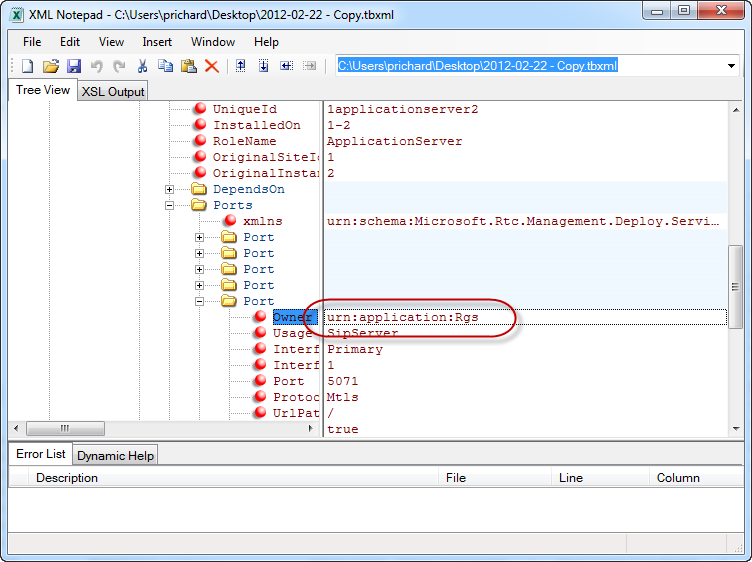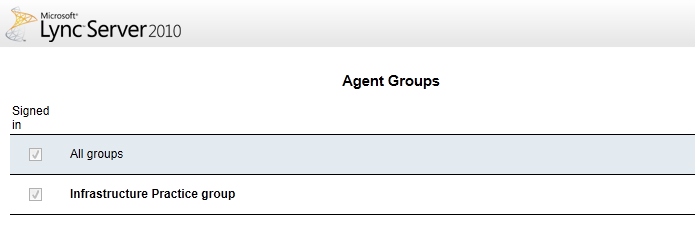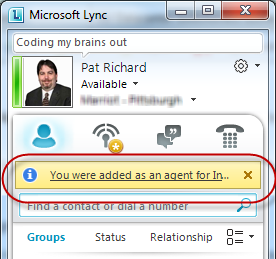Users Are Continuously Prompted for Lync Response Groups Credentials
 During a recent cross-forest migration, some users reported that after their workstation was moved to the new forest and their account was enabled for Lync, they would get the following prompt immediately after logging in:
During a recent cross-forest migration, some users reported that after their workstation was moved to the new forest and their account was enabled for Lync, they would get the following prompt immediately after logging in:
Notice that it’s prompting for credentials for Response Groups. This environment had no Response Groups. If the user entered correct credentials, the prompt would just reappear right away. Users could click Cancel, and the prompt would go away, but would return about every 2 hours. Also noticed was that these users would never get a Lync Address Book, either.
This was a greenfield Lync deployment in a new forest that users, workstations, and email was migrated to from many other domains. Checking over the Lync environment yielded no real culprits. Issues with permissions on the Lync share can cause the issue, but those were correct as well. Certificates were also fine. Since only a few users reported the problem (< .1% of all Lync users), and all users in the organization were assigned the same policies in Lync, I became convinced it was a client side issue.
The resolution was to open Internet Explorer, go to Settings>Internet Options>Advanced. Scroll all the way to the bottom and remove the check for Enable Integrated Windows Authentication.
Click Ok, then reboot the machine. Once rebooted, go back and put the check back in the Enable Integrated Windows Authentication box and reboot again.
This resolved the problem for all of the users having this problem. Not only did the prompt stop appearing, but all users who performed the fix also reported successful address book downloads.
It’s important to note that while just disabling Integrated Windows Authentication generally resolves the prompt for credentials, you really should enable it again as described to avoid issues with other applications and services.










Follow Me